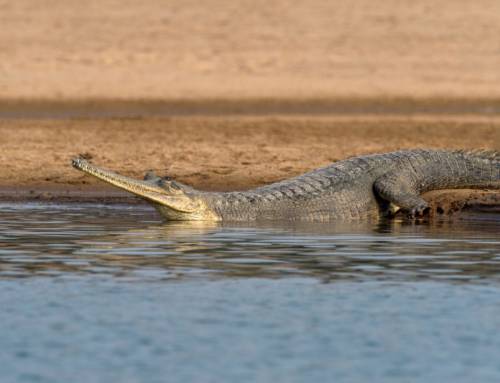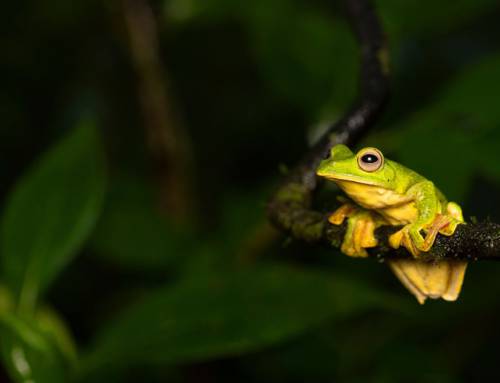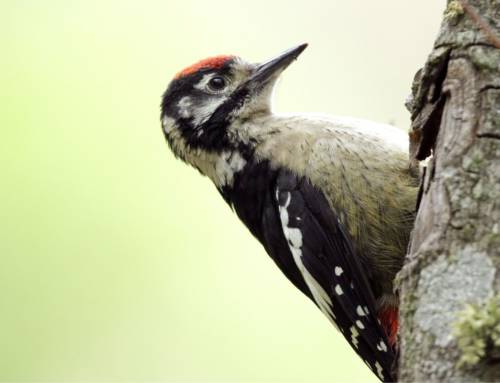Research Article: Jain, V., Karanth, K. K. (2023). Living alongside otters: examining human-otter interactions and attitudes towards otters in Central India for conservation in shared landscapes. Biodiversity and Conservation. doi: https://doi.org/10.1007/s10531-023-02640-9
Blog Author: Vinni Jain
Key Highlights:
- Our latest paper examines human-otter interactions and attitudes towards otters in Balaghat, Central India
- The researchers interviewed 551 people in the multi-use Kanha-Pench landscape of Madhya Pradesh
- Some (~20%) respondents reported negative impacts due to otters, 7% reported positive impacts, and the majority (75%) reported no impacts. Negative interactions were associated with fishing as an occupation, and a higher income from fishing.
- Fishers reported losses in income of around INR 13,145/ USD 165 annually due to fish depredation and gear damage by otters. Some people also reported positive impacts, such as otters controlling pests, and being a source of joy and excitement.
- Attitudes towards otters were mostly neutral or positive, with fishers more likely to have negative attitudes.
- Those with higher education levels, who encountered otters more frequently, and lived further away from protected areas were more likely to have positive attitudes towards otters.
- Even though most interactions were neutral, the findings highlight the need for reducing otter related losses to the fishing sector for improved coexistence in shared spaces
Otters in India can thrive in a variety of habitats, including streams, lakes and mangrove swamps. Their diet of fish and crustaceans means that they are fantastic swimmers, with the ability to crack open shells and swallow sharp bones. In many parts of India, and around the world, otters are declining in numbers and even disappearing from certain areas due to habitat modifications, pollution, and illegal trade. Across their range, they are found in rivers and other water bodies that are frequently visited by people for fishing, bathing, cleaning livestock etc. To conserve wild otters, it’s essential to answer certain questions. Can people and otters coexist? What helps or hinders coexistence?
Scientists from the Centre for Wildlife Studies set out to explore these questions in the Balaghat district of Madhya Pradesh, India. The forests of Balaghat are connected to Kanha and Pench National Parks, where hundreds of tourists flock annually to get a glimpse of rare wildlife such as tigers, leopards, barasingha, dholes, and gaur. Outside Kanha, the forests are interspersed with crop fields, villages, and small towns. The scientists approached people living in villages at varying distances from the forests and asked them whether they could identify pictures of otters, how often they encounter otters, whether they face any negative or positive impacts due to otters, and what their attitudes towards otters were. They surveyed 551 people across 132 grids, for a total area of 3,300 km2.
They found that otters were widespread across the study area, with presence being reported by locals from 94% of the grids. Most people (66%) reported encountering otters at least once. The majority of respondents reported no impacts due to otters (75%), meaning most interactions were neutral. Around a fifth (19%) reported negative impacts. Negative impacts were reported mostly by fishers. Fishers who invested significant money, time and labor in cultivating commercially valuable fish in lakes and ponds were frustrated when otters ate large numbers of those fish. Many fishers were also exasperated by the damage otters caused to their fishing nets and other gear. Annual losses to fishers were estimated to be INR 13,145 or USD 165, around 10% of their annual income.
A few people (7%) said they benefited from otters. They felt happiness and excitement upon seeing otters, and said otters helped in controlling pests such as snakes and rats. To analyze people’s attitudes, scientists asked respondents questions about otters and measured their responses on a scale. They found that most responses indicated neutral or positive attitudes. People who saw otters more frequently, had higher education levels, and lived further away from protected areas were more likely to have positive attitudes. Those who earned significant money from fishing were more likely to have negative attitudes.
The findings from this research highlight how otters can be harmless, and in fact sometimes even benefit people when they are in close proximity. Frequent encounters were linked to positive attitudes, showing that on repeated exposure, people warmed up to otters. However, when there is monetary loss, which is the case with the fishing sector, it affects people’s attitudes negatively. Thus, the scientists conclude that for people and otters to coexist in multi-use landscapes, it is necessary to reduce otter-related damages to the fishing industry whilst also highlighting the positives of living alongside otters.
You can access the original article here.
Keywords: otters, fisheries, human-wildlife interactions, human-wildlife conflict, attitudes






